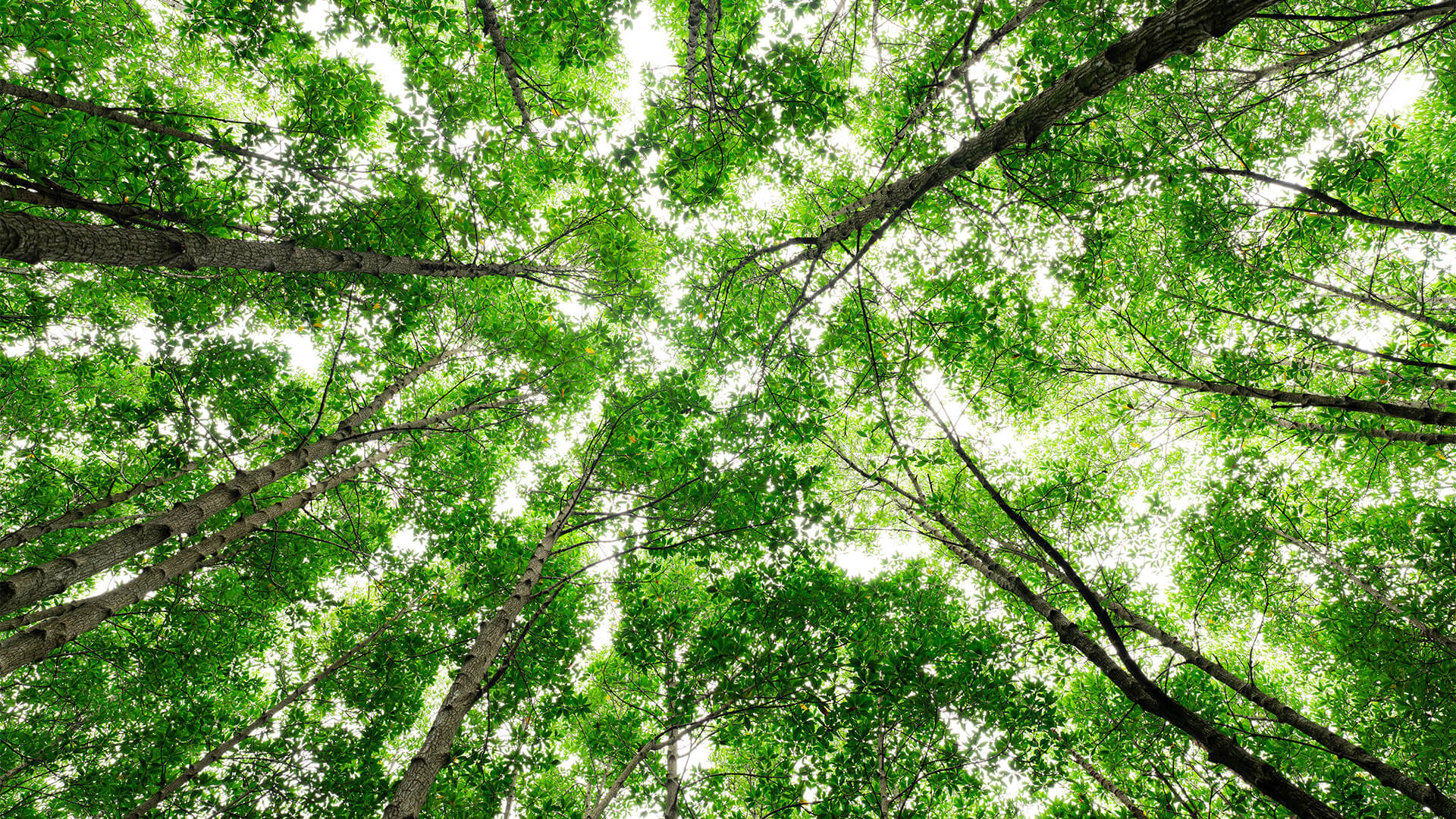Ecosystem 101: Rediscover Nature with All Its Components!
04 Ekim 2024At Biotrend Energy, we believe in the importance of understanding the ecosystem for a sustainable future. In this article, we will explain the basic components of an ecosystem and how they interact with each other.
What Is an Ecosystem?
An ecosystem refers to the complex interactions between living (biotic components) and non-living elements (abiotic components). Ecosystems are interconnected through energy flow, material cycles, and life cycles.
Biotic Components
Biotic components include all the living organisms within an ecosystem:
- Producers: Plants and algae, through photosynthesis, convert sunlight into energy, forming the primary energy source in the ecosystem.
- Consumers: Animals obtain energy by consuming producers. Consumers are categorized into herbivores, carnivores, and top predators.
- Detritivores and Decomposers: These organisms break down organic matter, contributing to the material cycle and supporting ecosystem health.
Abiotic Components
Abiotic components are the non-living elements necessary for life:
- Light: Essential for photosynthesis.
- Water: A vital component for all living organisms.
- Soil: Provides essential nutrients for plant growth.
- Air: Gases like oxygen and carbon dioxide play a critical role in the life cycles of organisms.
Types of Ecosystems
Ecosystems can be categorized based on various characteristics. Here are the main types:
- Terrestrial Ecosystems: Ecosystems found in land areas like forests, deserts, and grasslands.
- Aquatic Ecosystems: Includes freshwater (lakes, rivers) and saltwater (seas, oceans) ecosystems.
- Mangrove Ecosystems: Wetland areas where saltwater and freshwater mix.
- Mountain Ecosystems: Ecosystems characterized by climatic conditions at different elevations.
- Artificial Ecosystems: Ecosystems created and managed by humans, such as agricultural fields and gardens.
How Do Humans Affect Ecosystems?
Human activities can significantly impact the balance of ecosystems:
- Pollution: Air, water, and soil pollution threaten the health of organisms within ecosystems.
- Climate Change: The use of fossil fuels accelerates climate change by increasing greenhouse gases.
- Habitat Loss: Urbanization and agricultural expansion lead to the destruction of natural habitats.
- Overhunting and Overfishing: Unsustainable use of natural resources causes species to disappear.
How Can We Protect Ecosystems?
Protecting ecosystems is critical for a sustainable future. Here are some methods:
- Responsible Resource Management: Water and soil management practices should be adopted.
- Renewable Energy Use: Renewable energy sources, like biomass, should be preferred. You can access Biotrend Energy's environmentally friendly energy production facilities here.
- Education and Awareness: The community should be made aware of the importance of ecosystems.
- Volunteering: Activities like clean-up drives and tree planting projects contribute to the protection of nature.
- Policies and Regulations: Governments must strengthen laws to protect ecosystems.
Ecosystems bring together the fundamental components of nature and ensure the continuity of life. At Biotrend Energy, we continue our efforts to understand and protect ecosystems. Remember, a healthy ecosystem means a healthy future. Together, we must work to preserve the unique balance nature provides.
The importance of ecosystems and their protection is critical for both individuals and societies. Every step we take toward a sustainable world will improve the health of ecosystems and secure our future.





